G.Astronaut's Choice
deTour
Project Nature:
Exhibition
Location:
PMQ, Hong Kong
Year:
2022



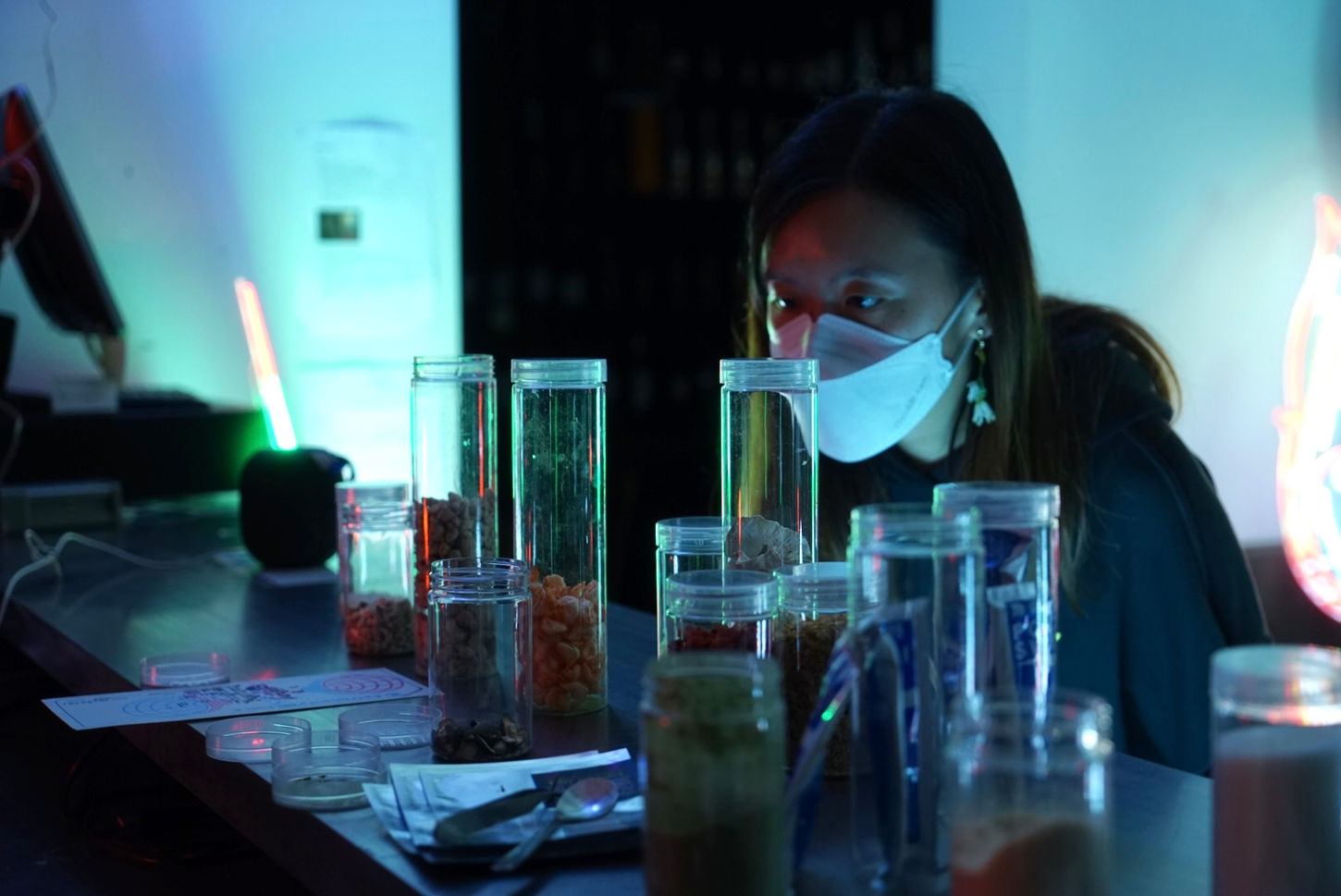

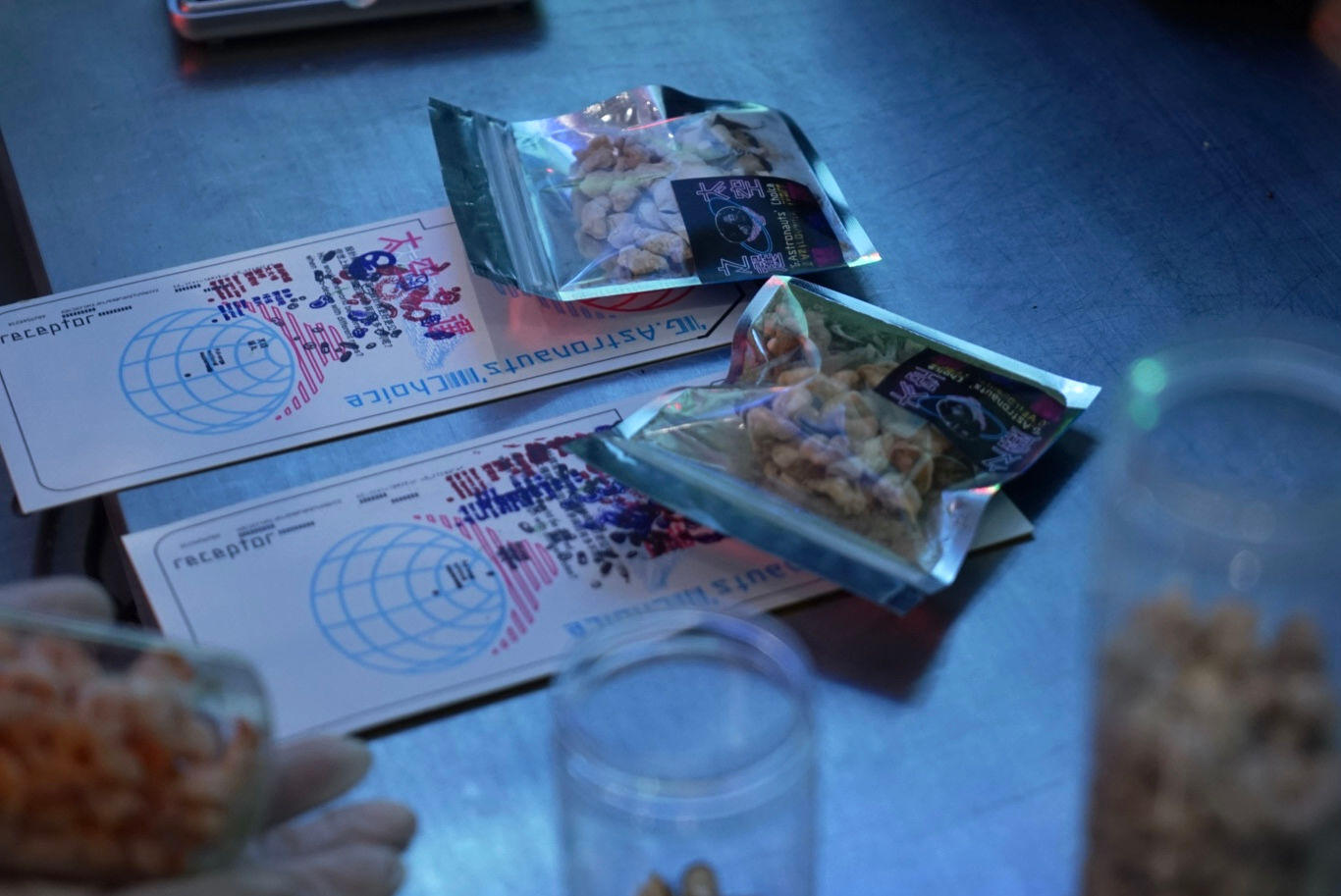



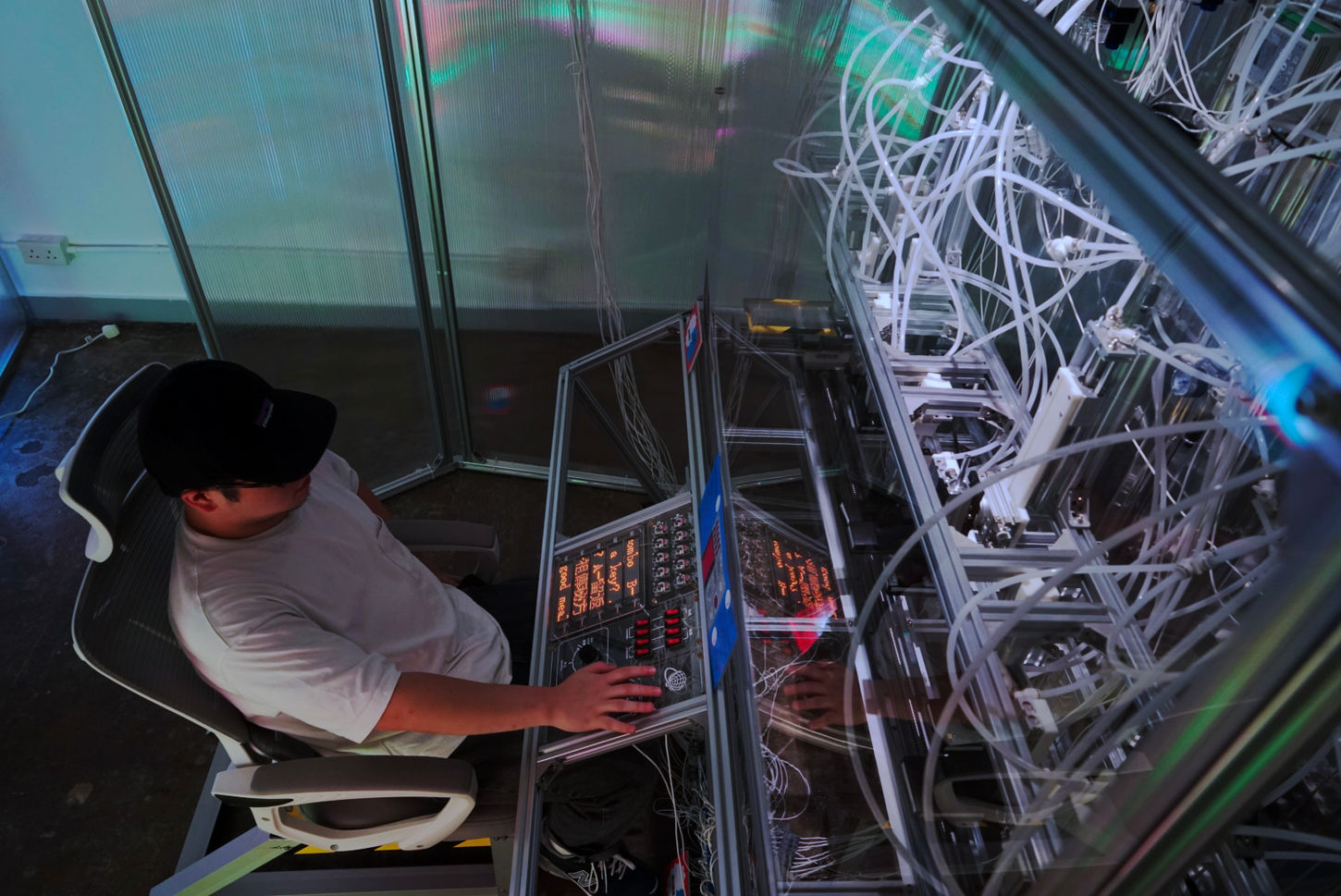
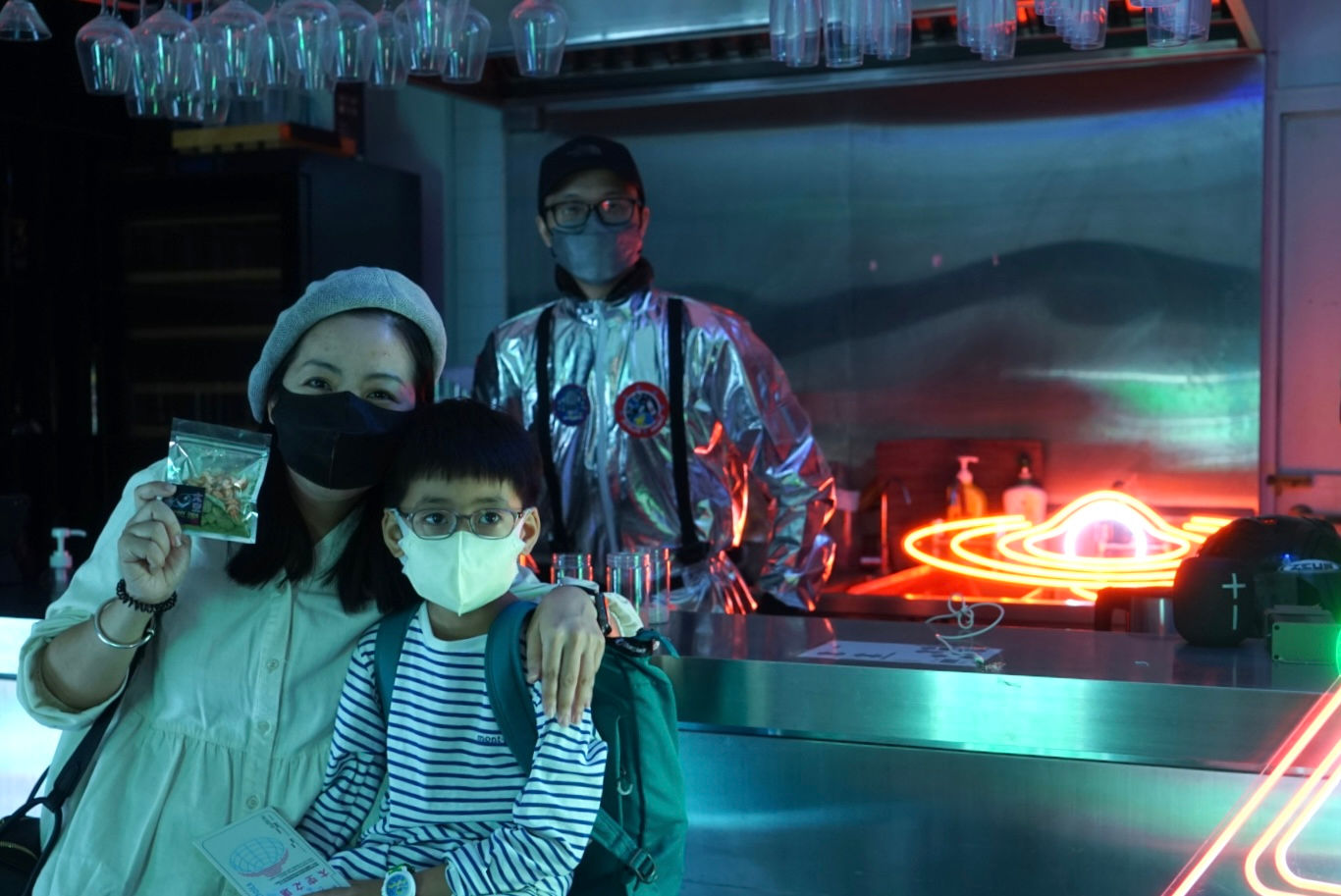
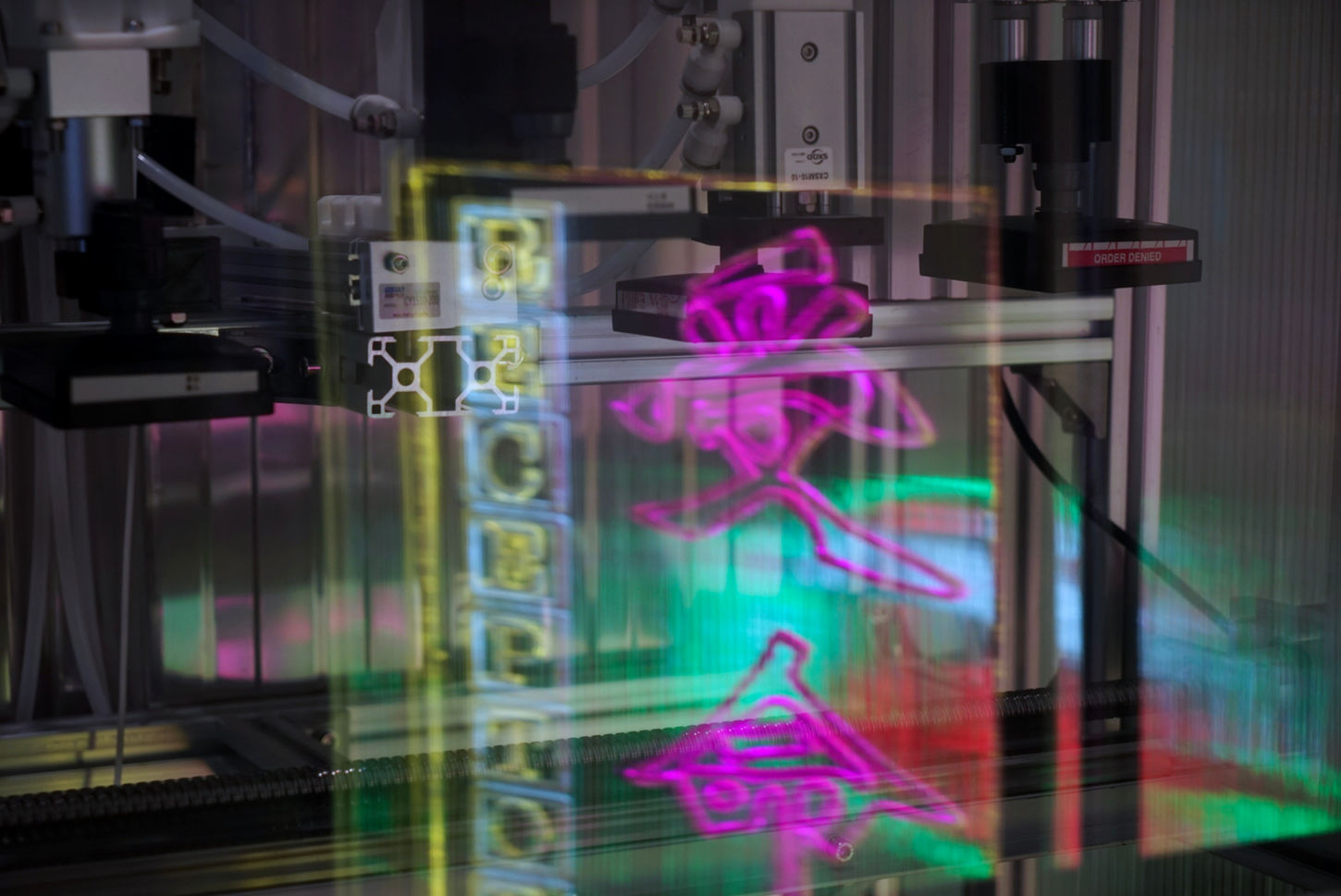





Key Words:
Arduino, pneumatic system, Electro mechanical installation, Freeze dry food design, Performance, Interactive experience
Let's Talk 🙃
Description:
A collaborative work with Deep Food Ltd & Hugo Ip
G.Astronauts’ Choice is a fun, immersive space travel food design experience and also a social experiment that seeks to examine the different outcomes of participatory design when participants are given varying levels of power and responsibility to ponder over and decide on their food choices when travelling in space – a futuristic context that is totally possible within our lifetime.
Participants are invited to be part of this edible experience featuring multi-sensorial interactions and a playful installation that involves them in the design process of space food. At the same time, data will be collected to document the different choice-making behaviours when participants are assigned different roles in the design process. This includes four sets of random conditions where participants are given or denied the power to change the final result; whether they would commit to the decision by receiving a space food recipe card, and a chance to win a tasting session at the end of the experience.
[https://detour.hk/main/en/exhibition/g-astronauts-choice/](https://detour.hk/main/en/exhibition/g-astronauts-choice/)
The design of the electro-mechanical system:
The G.Astronauts’ Choice interactive machine consists of two main systems: an electronic system and a pneumatic system. The entire operation relies on a successful connection between the upper-level electronic system and the lower-level control components—only once this connection is established can the system be fully activated.
The first system is the electronic control system, centered around several Arduino microcontrollers. When participants interact with the interface and input different combinations, the Arduinos process these inputs and generate corresponding electronic signals. These signals then trigger a specific set of electronic switches, with different combinations activating different preprogrammed responses.
The generated signals are then passed to the second system: the pneumatic system. Between the two lies an intermediary controller (a mini PLC), which converts the electronic signals from the relays into commands for pneumatic valve control. Each pneumatic valve operates on a simple **ON/OFF** mechanism—when opened, high-pressure air is released to activate physical components. These components respond by pushing, pulling, or rotating their arms, driving the fixed stamps at the end of each mechanism to create prints on the target paper card.
Additionally, the system includes a servo motor–driven X/Y-axis gantry, also controlled by the PLC. This mechanism transports the paper card from one position to another, coordinating with the stamps to deliver the final result.
The outcome is a dynamic, physical, and interactive art installation that creates an unsettling and chaotic environment. Participants are immersed in a world surrounded by mechanical motion, hissing pneumatic valves, flickering neon lights, and the vibrations of each stamp—like sealing their fate through a soulless machine controlled by unseen human intent.